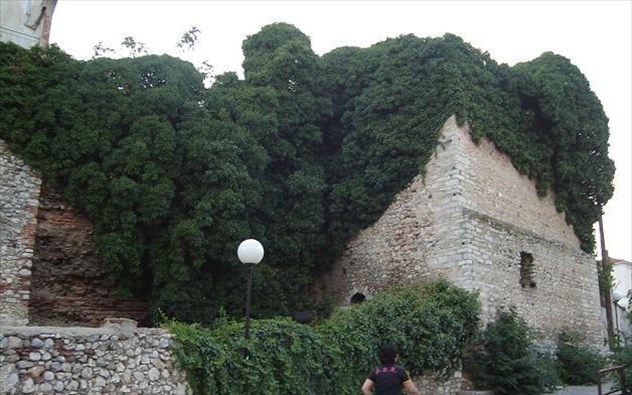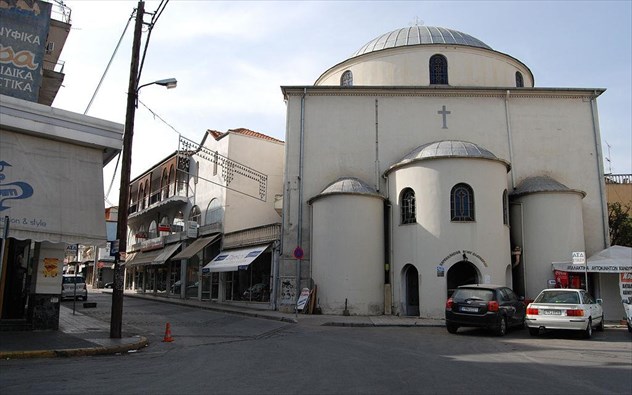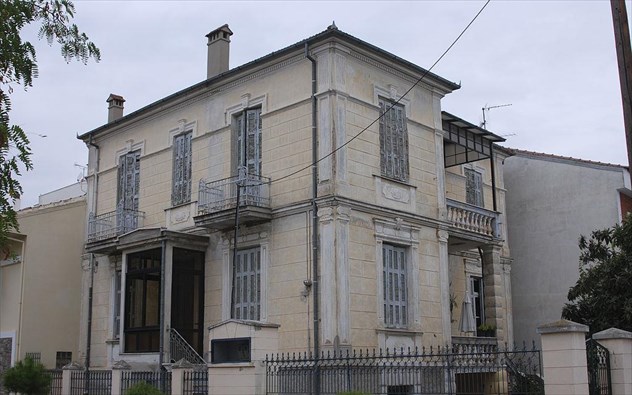Photos www.clickatlife.gr
In prehistoric times, the settlement of Arkadikos existed near today’s Drama. The city had an important history in later times as well: during the Ottoman period it was a southern Balkans military centre; it also played a vital role during the Greek Revolution of 1821. It became part of Greece in 1913.
Today Drama is a beautiful town, with plenty of attractions, cultural events and nature. It has a population of 45,828 (2011). Its name comes from the Greek word Idrama designating the multiple water springs in the region.
The distance from Drama to Athens is 650 km, and to Thessaloniki – 150 km.
Nature, museums, water mills and ramparts
As Drama has prehistoric roots and a rich history, its archaeological museum ought to be one of your first stops in town. There you will be able to learn about human presence in this area from the Palaeolithic age, 50,000 years ago, all the way to 1913.
The park in the city centre boasts a statue of liberty as well as the monument of Kolokotronis. The walk across the park will impress you with its hundred water springs and its sycamores. One of their trunks sheltered the kitchen of a nearby cafe.
With an area of 6 hectares, St Barbara's Park will delight you with blossoms and waters, with lakes, waterfalls and shade under old trees. You'll also see traditional mills, the oldest of which is the Turkish Zonke watermill. The northern section of the park has a preserved from 1925 tobacco warehouse, which belonged to the Swiss Jew Herman Spirer. Right in front of it are the ruins of Joseph Faradzi’s warehouse where Drama’s Jews were imprisoned in 1943 before being shipped to concentration camps in Poland.
If you happen to be in Drama for Saint Barbara’s feast, you can witness the local custom of lighting candles on handmade boats and floating them in the lake. The water springs of Saint Barbara each year host the music and song Dramaica Youth Festival. Each September you can visit the short film festival while at the very end of the year Drama puts on its Oneiroupoli, Christmas City of Dreams.

Byzantine walls
Well preserved old buildings, giving Drama its quaint charm, are scattered all over town, and especially in Saint Barbara's Park. Among the key landmarks are the Byzantine walls, partially preserved in the northern part of the city, around the Hagia Sophia Church. There are other preserved wall sections interspersed throughout the city, even in some house yards.
For fans of religious tourism, the church of St. Nicholas is a must-see. Located in the centre, it was a mosque during the Ottoman rule under the name Eski Dzami (Old Mosque) or ‘mosque of the open-air market’. Another mosque at the intersection of Armen and Agamemnonos streets houses murals depicting Drama during the Ottoman period. The Ecclesiastical Museum of the local diocese has 19th century icons, monstrances and other exhibits. The 1000-year-old Byzantine church of Hagia Sophia, which is the oldest preserved building in the city, is not to be missed.

Church of St. Nicholas
A walk in the area
A few kilometres outside the city you can visit Angitis, the largest river cave in the world with a length of 21 km. Located only 46 km from Drama, at an altitude of 1745 m, the Falakro mountain awaits you with its winter resort, offering views of Thassos and Pangeos.
Nature lovers can walk along the Petrousa-Pyrgi gorge beginning north of Pyrgi village and ending in Petrousa. It is roughly 10 km long; wild flowers, vegetation and fauna can be enjoyed along the whole route.
Elatia, one of the most beautiful forests in Greece, is 60 km away from Drama. Its flora and fauna are among the most remarkable in the country.
The village of Granitis is also worth a visit. It lies 31 km northwest of Drama, with plenty of trees and a good tourist infrastructure. The northeast part of the county has Fraktos, the only preserved primeval forest in Greece, sustaining one of the country’s crucial ecosystems.

In the village of Kali Vrisi you can find traditional farmhouses. Beautiful neoclassical houses are on display in Doxato, and traditional Macedonian houses - in Mikropoli.
Do not miss a walk through Nevrokopi with the lowest national temperatures recorded: there you can see what true Greek winter is about.